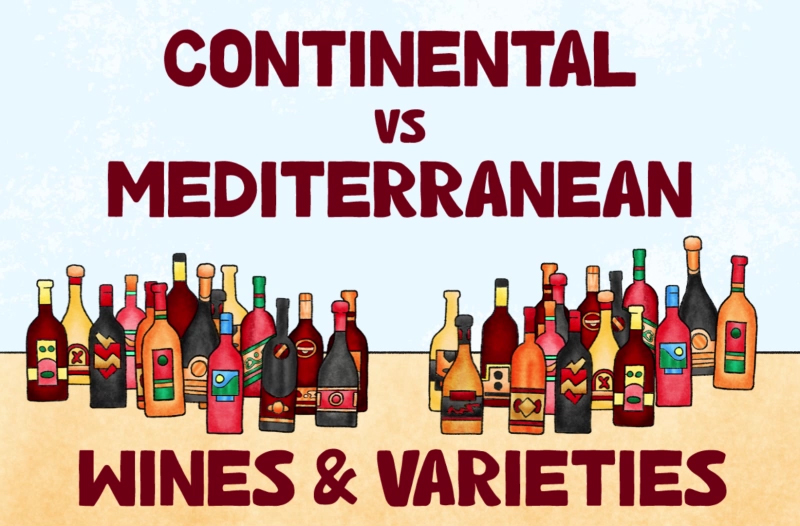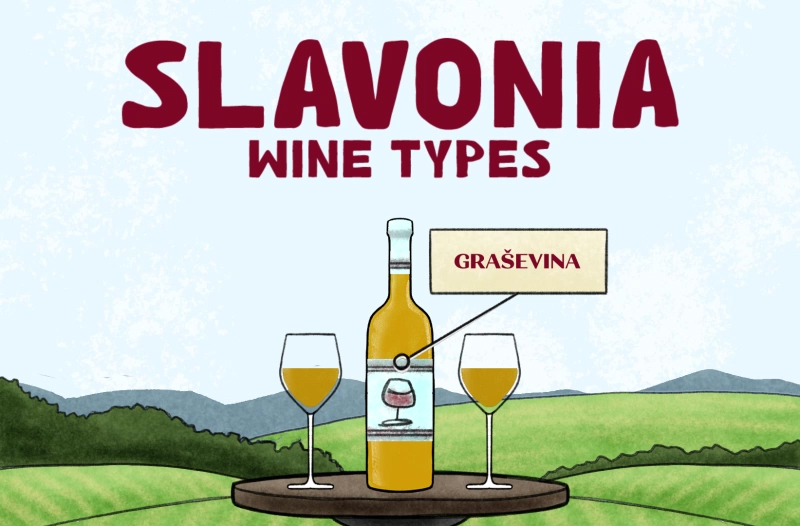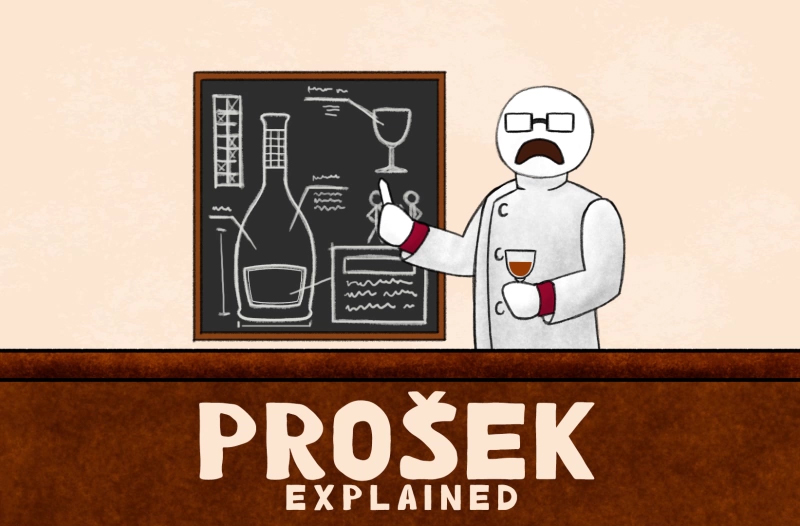Here’s What Winemakers Need to Know About EU Regulations and E-labels!
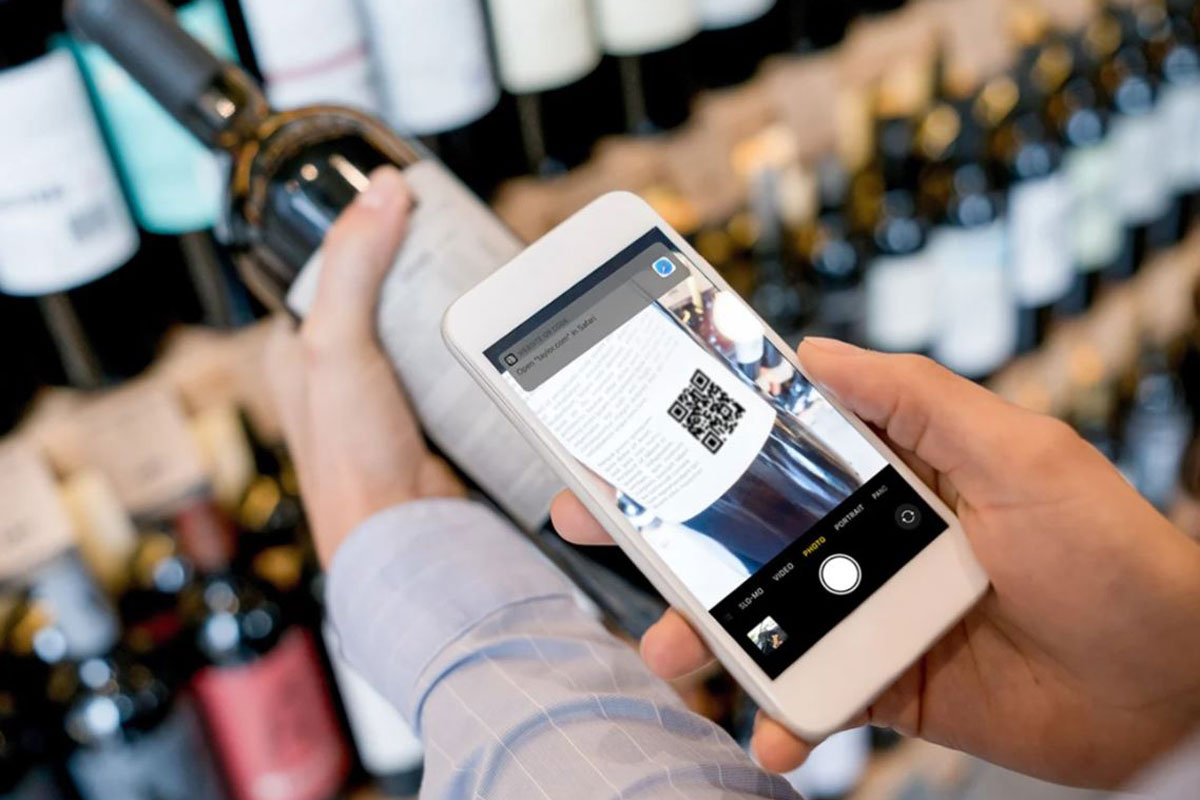
With the introduction of EU Regulation 2021/2117, the wine and aromatic wine market in the European Union is set to undergo a historic transformation. Starting from December 8, 2023, all wines intended for placement and export in the EU market that will be bottled after the specified date must clearly display all ingredients added during the production process on the labels. Omitting, concealing, or falsifying this information will be considered consumer fraud.
What does the EU regulation on wine labeling mean for winemakers and wine distributors?
Under the new regulation, all winemakers and distributors who place wines on the EU market will be required to clearly display information about:
- Energy values,
- Intolerances and alergens,
- Nutritional declaration,
- List of ingredients.
This complies with EU Regulation 2021/2117.
Instead of printing nutritional information directly on the label, wine producers and distributors can use QR codes.
The use of QR codes will allow consumers to access all relevant data through e-labels, preserving the aesthetic appearance of the product while ensuring compliance with all regulatory requirements.
What needs to be included on the label to comply with EU regulations?
As Craft Technology informs, certain information must be provided on the physical or printed label, while other information needs to be presented in digital form through an e-label that can be scanned using the QR code on the physical label.
Here is a comprehensive list of information that must be clearly mentioned on the physical label and e-label:
| Physical label | E-label |
|
|
For printing other ingredients, nutritional tables, and detailed information on waste packaging classification, winemakers, and other stakeholders in the wine industry are allowed to use dynamic QR codes through digital labels or e-labels.
For instance, information about nutritional value and additives will be displayed to consumers through an innovative e-label in digital format, which can be accessed by scanning the QR code on the physical label.
Websites displaying wine data must not contain any other information, advertisements, or marketing content, and consumer data cannot be collected from these pages.
Distributing sales and marketing content without mandatory information about ingredients or nutritional values is considered a violation of the regulations.
Benefits of using e-labels
Utilizing e-labels, accessible through the scanning of dynamic QR codes, offers the following advantages:
- Reduced Costs on Physical Labels: There is a significant reduction in costs associated with changes in design and dimensions of physical labels. QR codes occupy minimal space, maintaining the design while providing consumers with the necessary information.
- Real-Time Updates: Information stored within QR codes can be updated in real-time. For example, if there is a change in the list of ingredients, wineries can modify the content linked to the QR code without the need for redesigning e-labels.
- Automatic Translation: QR codes enable automatic translation of the content on the e-label into the preferred language of EU consumers, depending on the location from which the user scans the code.
- Optimized Information: QR codes allow wine producers to provide comprehensive product information without burdening the physical label with excessive text.
- Environmental Sustainability: By reducing the need for printed labels, QR codes contribute to environmental sustainability.
What should wineries consider when choosing an e-labeling solution?
Considering the complexity and potential pitfalls associated with in-house e-labeling, selecting the right e-labeling solution and platform is a decision that can impact the entire development process and compliance with new EU regulations on wine labeling, as well as potential sanctions.
Therefore, solutions created by industry experts ensure quality and reliability, guaranteed by their reputation.
Craft Technology: Your one-stop solution for wine label compliance
Craft Technology e-label is an innovative online solution and platform developed by the Wine & more team of industry experts, fully tailored to the specific needs of the wine industry, ensuring the most relevant tools for compliance with new EU regulations on wine labeling.
In a matter of minutes, wineries and distributors can easily enter all the necessary information and generate a QR code.
In summary, creating an e-label through the Craft Technology platform works as follows:
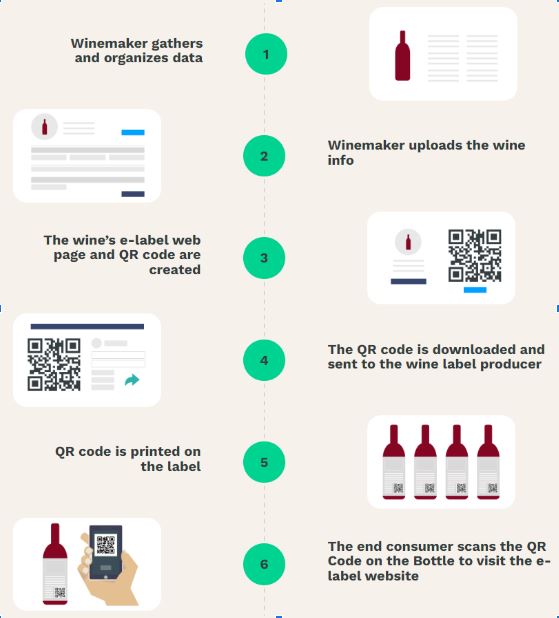
By scanning the QR code using smartphones, consumers can easily access electronic records of nutritional values in 24 official EU languages, ensuring compliance with all legal regulations while providing consumers with complete transparency about the product they are purchasing.
“With our rich experience in the wine industry, marketing, digital transformation, and sales, we decided to create a solution that would allow winemakers and other stakeholders in the wine industry to align their businesses with EU regulations in an innovative way and with minimal costs,” says Dario Drmač, CEO, and co-founder of the Craft Technology platform.
“The key to our solution lies in adding value to every winemaker. Our mission is much broader than this product. Through the Craft Technology brand, our goal is to offer a comprehensive solution in the near future that will truly transform the businesses of winemakers, craft brewers, and olive growers by enabling them to build long-term relationships with their customers and increase sales across all channels. Craft Technology e-label is just the first step in that direction,” said Ivan Kovačević, co-founder, and COO of Craft Technology.
Why choose Craft Technology e-label?
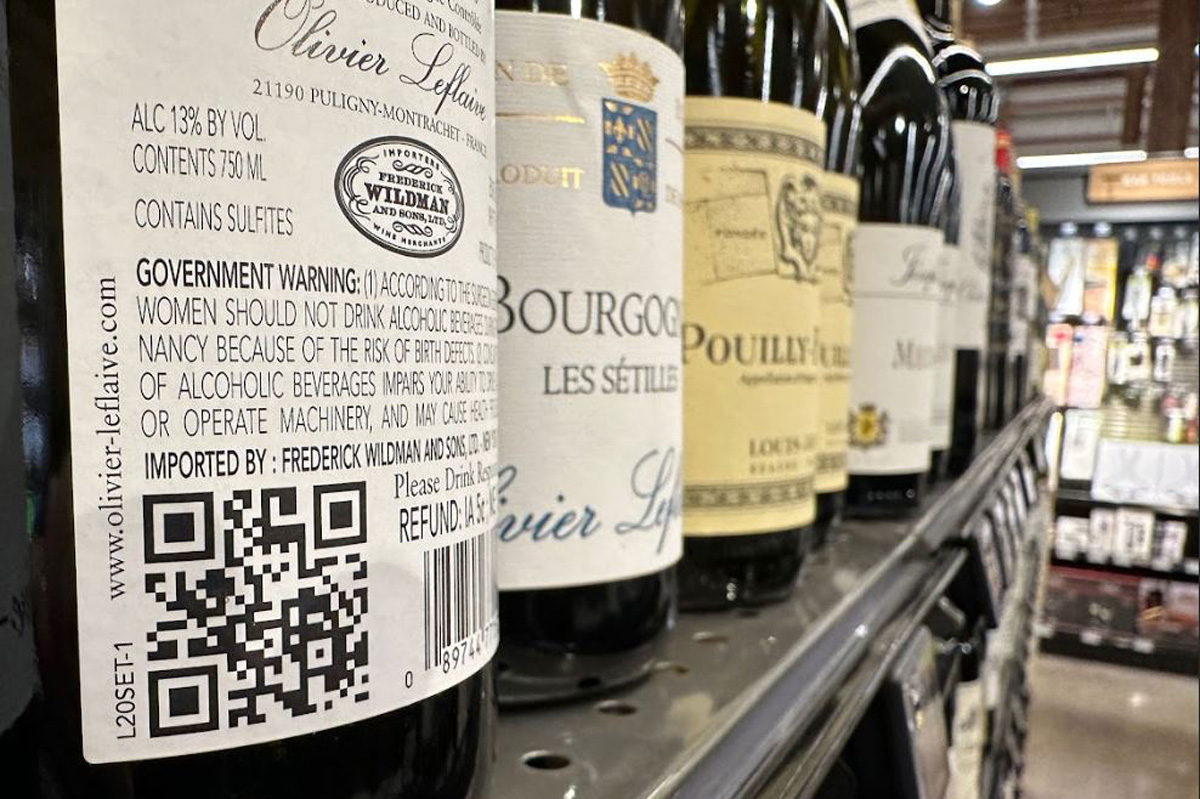
The benefits of choosing Craft Technology e-label solution are:
- User-friendly interface: Enables quick and efficient data entry and QR code generation. It’s made to be clear and easy to use, so even if you’re not a tech expert, you can create and change your electronic wine labels quickly.
- Enhanced security: Craft Technology’s solution undergoes regular security checks, utilizing advanced encryption techniques and strict access controls to protect sensitive information from cyber threats.
- Scan analytics dashboard: There’s a feature that lets you see how people are interacting with your labels through QR code scans.
- Dynamic QR codes: QR codes on the labels can be changed anytime without having to print new ones. This feature enhances flexibility and allows real-time information updates even after the QR code is printed without causing extra costs or waste.
- Automatic language translation: If you need your label in a different language, our system can translate it into 24 official EU languages automatically. Customers get the info in their own language, which can help you reach more people.
- E-labels are available in various formats: After crafting your e-label, download QR codes in multiple formats such as jpg, png, tiff, SVG, eps, and pdf. These options cater to diverse needs, ensuring your message is delivered effectively.
- Bulk upload: If you have a lot of label info to upload, you can do it all at once with ease. Our system lets you upload large amounts of data smoothly, saving you time and effort.
- Data export: If you decide to move to a different service, you can take your data with you, no questions asked. Our platform is flexible, letting you move your information freely to support your business’s growth.
- No risk: Trying it out is risk-free. If you don’t like the service within 30 days, you can get your money back.
- Regular updates and compliance checks: Our team constantly monitors for changes in EU and global regulations, ensuring you’re always 100% compliant with current laws.
- 365/7/24 availability: We guarantee our service is always available.
The scalability of Craft Technology’s e-label solution is one of the key elements as their offer is designed to meet all client needs. Various packages ensure market demands are met without compromising quality, regulatory compliance, or delivery deadlines.
With Craft Technology you can be confident that all key data will be accurately filled out, thanks to detailed instructions and checks, as well as expert service that monitors and promptly addresses any potential errors.
Not ready to enter data or deal with compliance and lab analysis? Craft Technology got you covered.
Feeling overwhelmed by the thought of data entry, compliance intricacies, and lab analyses? Don’t worry, we’ve got your back. With a full suite of services, Craft Technology lifts the burden off your shoulders so you can focus on crafting exceptional wines.
If you’re too busy and don’t want to bother with calories, sugars, nutrition information, etc, they can help you put in all the info and set up a cool QR code with “We do it for you data input and QR code quickstart service”. With their “Peace of Mind Data Compliance Check,” the expert team double-checks everything to make sure it’s perfect, keeping you penalty-free and chill.
Did you know?
The law requires nutritional and energy information based on a 100ml serving. How do you calculate energy?
According to the regulation, there are two acceptable methods of calculating energy:
Method 1: Formula calculator with conversion factors based on sugar, alcohol, and a few other parameters.
Method 2: Using a general average value per wine type, such as red-dry, sparkling-brute, etc. The table is provided in this self-regulatory document.
Don’t fancy doing it yourself? Opt for Craft Technology “We do it for your data input and QR code quickstart service” and they’ll handle everything for you!
About Craft Technology
Craft Technology is a software platform that provides innovative solutions, digital transformation, and optimization for wineries, breweries, and olive oil producers.
Craft Technology’s e-label is a new product designed for creating e-labels and managing content. This software sets new standards in the wine industry, enabling winemakers and wine distributors to quickly and efficiently comply with legal regulations through a customized software solution.
Visit the website www.craft-technology.com/elabel to learn more about EU wine labeling compliance and how to use Craft Technology’s solution for creating e-labels and QR codes in a quick and efficient way!



